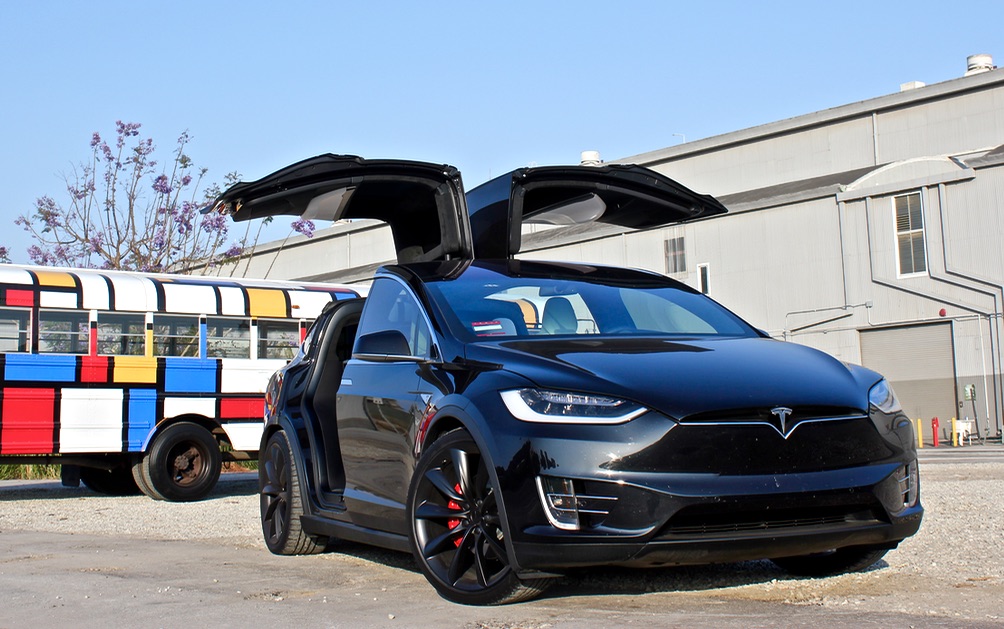News
Consumer Reports ups reliability rating for Model S, dumps Model X into least reliable category
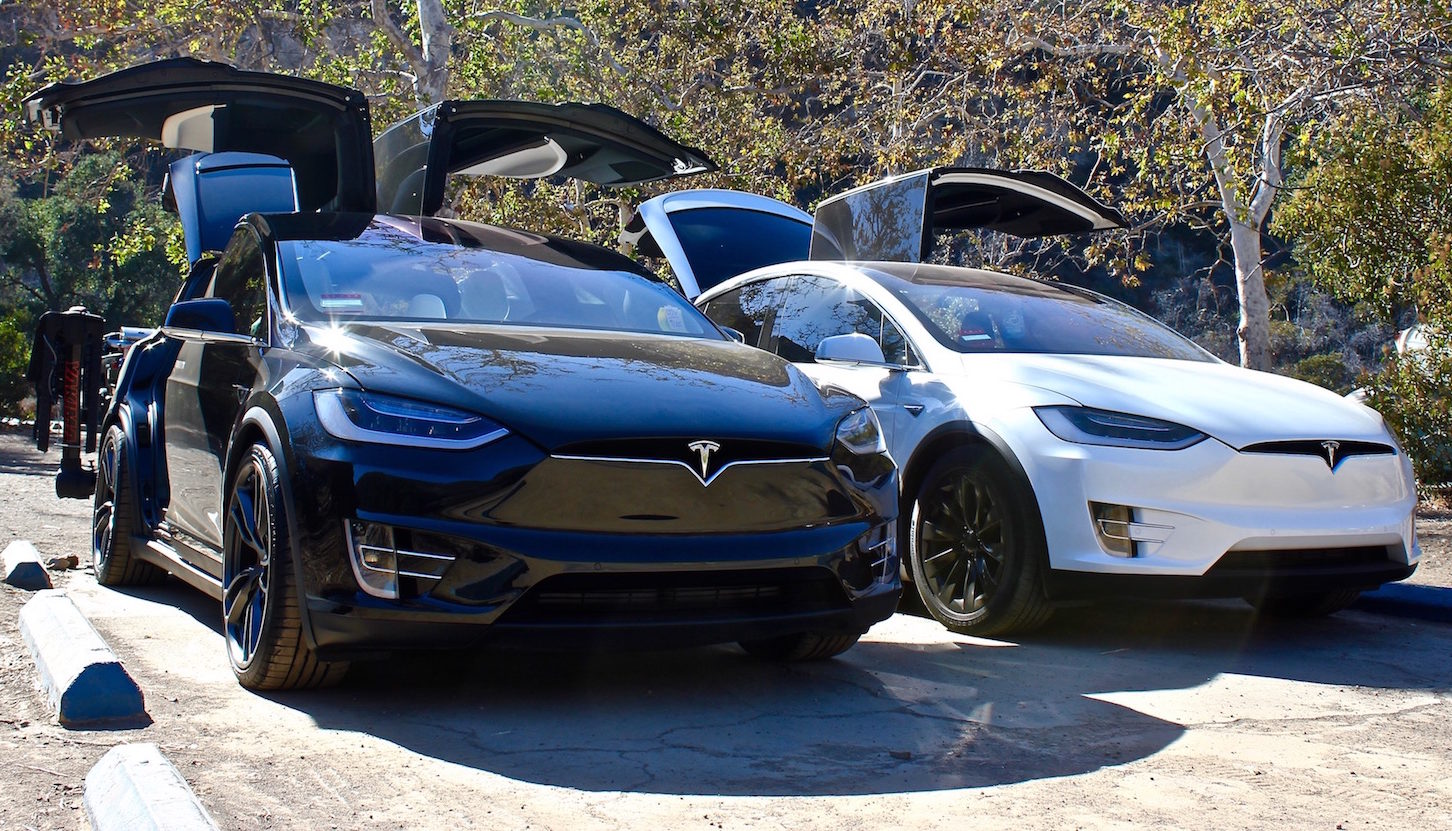
Consumer Reports is back with a new reliability survey which places the Tesla Model S back into its recommended category, but making a grand entrance into the reporting organization’s list of least reliable cars is the Model X.
The Model S has had an up and down relationship with Consumer Reports. Having once given the Model S P85D a near perfect score after it exceeded the maximum allowable point scoring system in several performance categories, the organization would later not recommend the Model S in its annual reliability survey citing a worse-than-average overall problem rate as reported by owners of the high priced electric sedan. The most recent 2016 reliability survey now has the Model S fairing better in quality and reliability than previously ranked. “Tesla’s Model S has improved to average reliability, which now makes the electric car one of our recommended models.”, outlines Consumer Reports in its 2016 Car Reliability Survey.
Tesla’s technology-heavy Model X SUV on the other hand has been dumped into the reporting organization’s 10 least reliable vehicles category, mainly due to the vehicle’s flashy Falcon Wing Doors. “Model X SUV has been plagued with malfunctions, including its complex Falcon-wing doors.”, says Consumer Reports. “The Model X launched with abundant problems, including frequent malfunctions of the falcon-wing doors, water leaks, and infotainment and climate-control system problems,”
The Model X Falcon Wing doors have come under criticism by owners over the unpredictable nature of the dual-hinged electronically actuated doors. Though Tesla has continued to make substantial improvements in the safety and reliability of the complex doors through several Model X-specific over-the-air software updates, some owners continue to express the dangers of relying on sensor-laden doors for safety, drawing parallels to it being a dangerous vegetable chopper.
Complaints by unsatisfied owners weighed heavily on Consumer Reports low ranking for Tesla’s first-entry into the SUV crossover market. “The electric-powered Model X is more showy than practical. It features rear doors that open up and out of the way, giving easy access to rear seats. But those massive doors take their time to open and close. The huge windshield extends up and over the front-seat occupants, making the cabin feel airy and futuristic. Buyers can opt for five-, six-, or seven-passenger seating configurations, but unlike every other SUV, the second row doesn’t fold, which compromises utility.”
What do you think of the newest Reliability Survey ranking Buick in the top spot and well above Tesla? Sound off in the comments below.

News
Tesla Europe shares FSD test video weeks ahead of launch target
Tesla aims to launch Supervised Full Self-Driving in European markets in the coming weeks, though engineering tests are well underway.
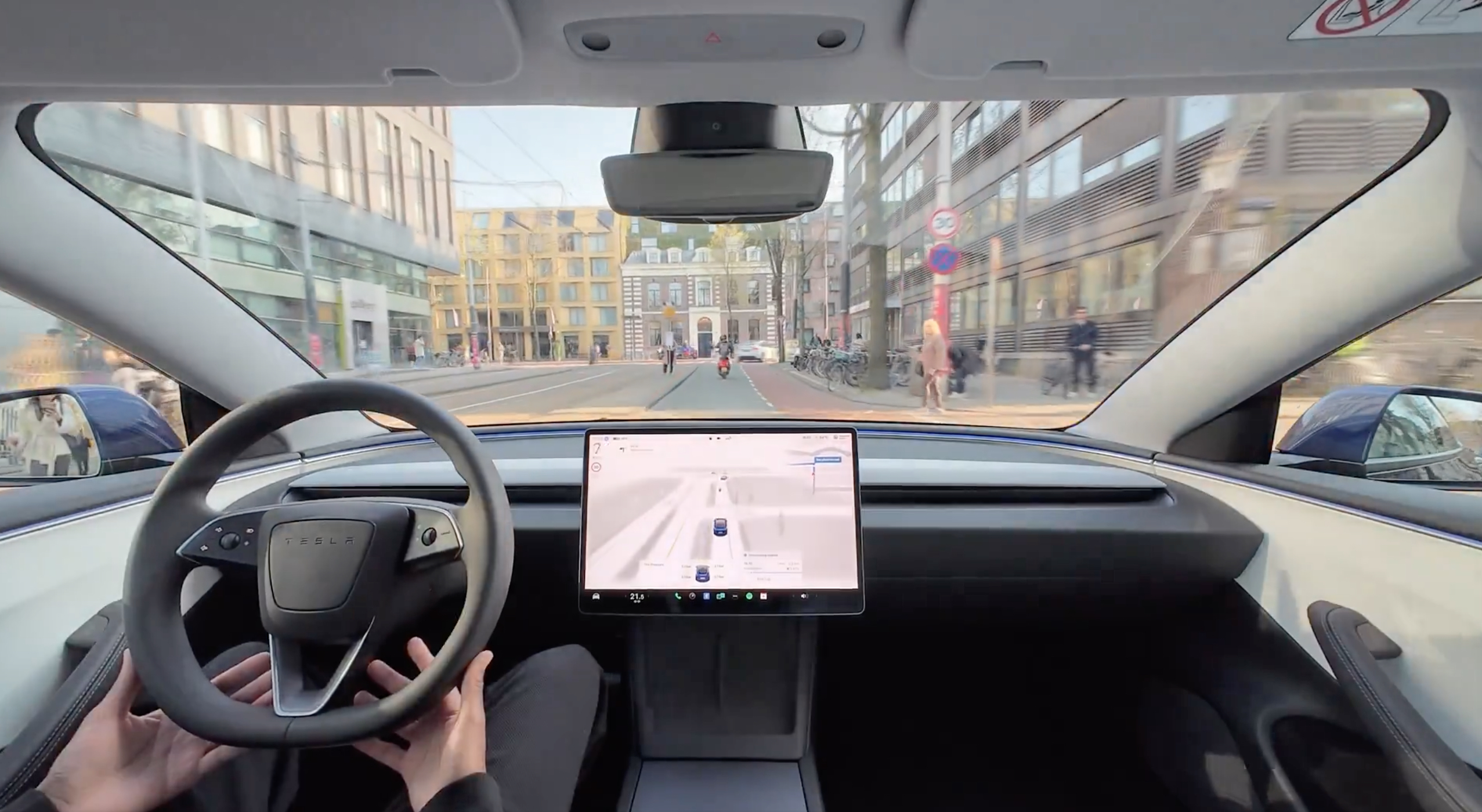
Tesla has shared a new video showing off some of its tests of Supervised Full Self-Driving (FSD) in Europe, as the company aims to gain regulatory approval in the region in the coming months.
In a post on the Europe and Middle East X account on Saturday, Tesla shared a video of some of its tests in what appears to be Amsterdam, the Netherlands. Although Tesla is aiming to launch the software in new markets across Europe and the Middle East this year, the video notes that the drives are still “engineering test drives,” rather than the system being launched yet in those markets.
“FSD Supervised in Europe, pending regulatory approval,” the account writes.
In fine print at the beginning of the video, Tesla also writes the following disclaimer:
FSD (Supervised) engineering test drive – these recordings were made in a prototype vehicle driven by a safety driver during test phase. Features on display require active driver supervision and do not make the vehicle autonomous. Activation and use is subject to regulatory approval.
You can see the full two-minute video below.
FSD Supervised in Europe, pending regulatory approval pic.twitter.com/PYkcATjSUN
— Tesla Europe & Middle East (@teslaeurope) April 5, 2025
READ MORE ON TESLA FSD IN EUROPE: Tesla’s Full Self-Driving faces a new hurdle in UK rollout plans
Tesla has been performing closed testing of FSD systems in Europe for years, and Elon Musk said during the company’s Q4 earnings call that it’s expecting to gain approval during an upcoming assembly.
In order to start deploying the system publicly, Tesla will ultimately have to be approved by the Dutch RDW, the transportation division overseeing self-driving vehicle regulation, which will then present the company’s permit submission to the European Union (EU) in May.
You can see a few details on the Netherlands government’s approach to and management of self-driving vehicle permits here.
The video also comes after Tesla launched FSD Supervised in China and Mexico over the past few months, and after Elon Musk and others have highlighted how many regulations the company is subject to in European markets.
Upon his departure from Tesla in October, former Global Vehicle Automation and Safety Policy Lead Marc Van Impe said that certain features of a regulation expected to accelerate the regulation of self-driving vehicles could be delayed, “possibly until 2028,” going on to warn that this could significantly delay the launch of FSD Supervised.
Former Tesla executive warns of delays to European ADAS regulations
News
This Tesla executive is leaving the company after over 12 years
Tesla’s top software engineering executive has left, though he hasn’t commented on his plans or reasoning for the departure.

One Tesla software executive is set to depart after nearly 12 years with the company, as detailed in a report this week.
Tesla’s VP of Software Engineering David Lau is expected to be leaving the company, according to a report from Bloomberg that was published on Friday. Lau has worked on the company’s vehicle software as well as its cloud services, manufacturing systems, and more, as detailed on his LinkedIn page.
His vehicle software efforts included creating firmware for the powertrain, traction and stability systems, as well as being in charge of software needs such as battery management, vehicle body control, and the user interface included for navigation, and mobile apps.
The now-former executive started as a Senior Manager of Firmware Engineering, before being promoted multiple times to the recent position of VP, and after receiving a B.S. in Electrical Engineering from Stanford University. Prior to his time at Tesla, he also worked at chip manufacturer Altera.
In the past, Lau has also detailed a few high-level concepts for the press at media events, including in 2023 when he spoke on how to cultivate good engineers and the approach to making Tesla’s Model S “Plaid Mode” a reality. When the Cybertruck was released, he also appeared alongside other executives in a video with Sandy Munro, talking about the electric vehicle’s (EV’s) unique “Etherloop” system hardware.
At the time of writing, Lau has not responded to Teslarati‘s request for comment on the reasoning behind his departure or his time at Tesla.
READ MORE ON TESLA PERSONNEL: Tesla VP of Finance and Business Operations departs after 11-year tenure
Others have departed from the company in recent months, most recently including Tesla’s former Principal CAE Crash Safety Engineer, Petter Winberg, who left a few weeks ago following a 14-year stint. In October, Tesla’s former Global Vehicle Automation and Safety Policy Lead, Marc Van Impe, also departed from the company with a warning about attempts to advance Full Self-Driving in Europe, along with the departure of Chief Information Officer Nagesh Saldi, to name just a few.
The news of Lau’s departure also comes as Tesla has faced widespread protests and vandalism events in response to CEO Elon Musk, following his alignment with President Donald Trump and his work to gut several federal agencies as part of the administration’s government efficiency division.
This former Tesla engineer now heads a federal tech department
News
Tesla expands Early Access Program (EAP) for early Full Self-Driving testing
Tesla expanded the elusive EAP program for more drivers to test versions of Full Self-Driving before they are widely released.
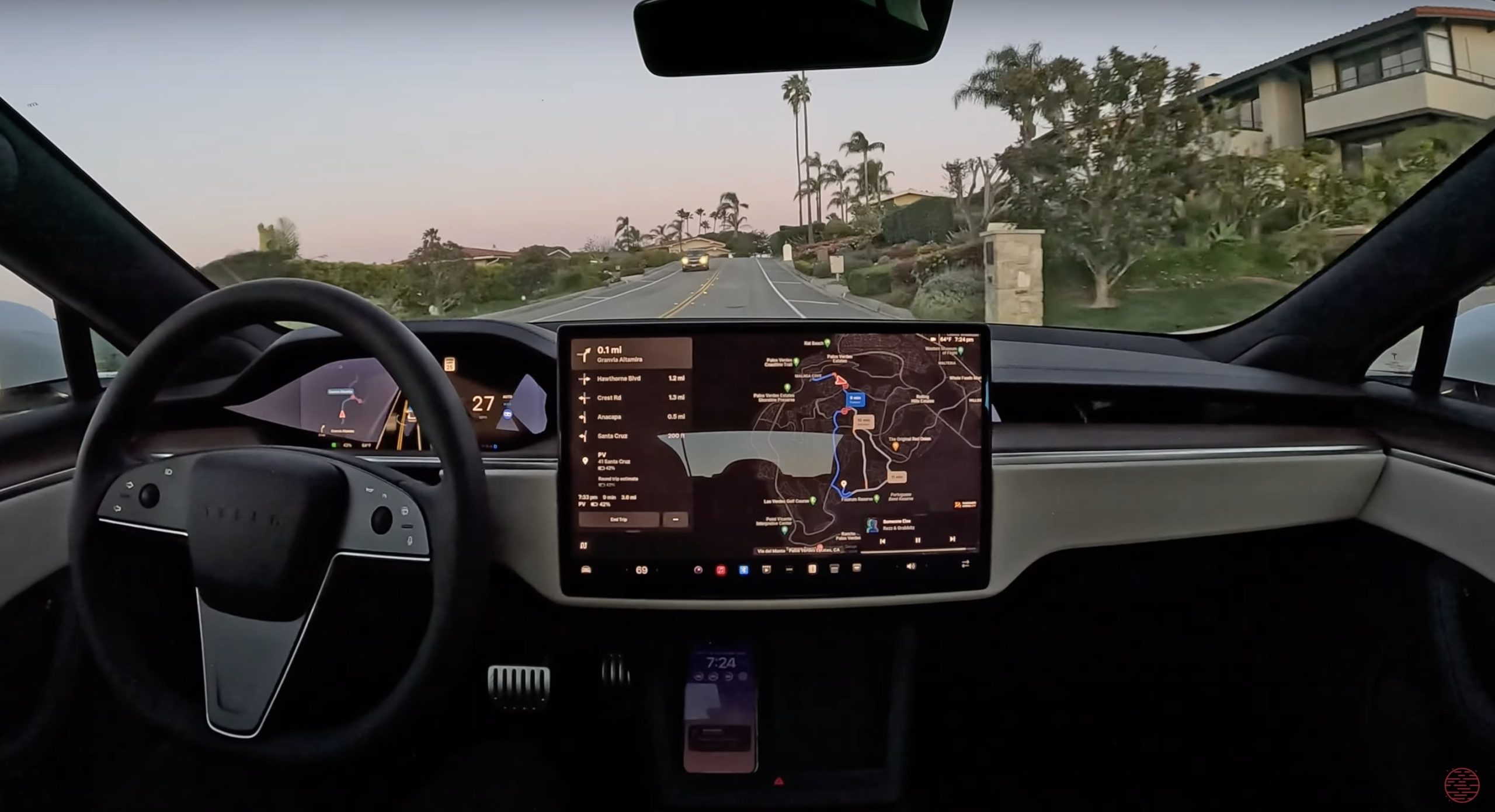
Tesla has expanded its Early Access Program (EAP) to more drivers as it is allowing vehicle owners to test Full Self-Driving versions earlier than normal.
The EAP allows owners to test FSD versions before they are released widely to the public. In previous years, having access to EAP was quite a privilege, but Tesla seems to be going all-in on its eventual rollout of autonomous driving by letting more owners test supervised versions of the suite before they are released publicly.
On Thursday night, Tesla officially launched the ability for some owners to gain entry into EAP. The company did not detail how it chose certain drivers to enable their status in the program, but we’ve seen several well-known Tesla influencers and fans gain access. There are plenty of other drivers who have been granted access as well:
🚨 Tesla has rolled out its EAP for those who would like to provide feedback on versions of Full Self-Driving before their wide release. https://t.co/y32oDtm1G8 pic.twitter.com/x0zGD3VTmi
— TESLARATI (@Teslarati) April 4, 2025
It seems that the EAP access is being granted to those who purchased Full Self-Driving outright and are not paying for the monthly subscription. Tesla has not confirmed that is the case, though.
Tesla wrote in its release notes of the EAP program:
“Enroll to experience early features before they’re widely released. Provide your feedback and related vehicle data to help make the next release our best yet. Note, every driver is responsible for remaining alert and must be prepared to take action at any time.”
The expansion of the EAP indicates that Tesla is growing more confident in these new, unreleased versions of the suite and is aiming to gain significant amounts of data from those who are lucky enough to gain access to it.
In the past, Tesla has been hesitant to add drivers to the EAP because its widespread release was not necessarily warranted. Reading between the lines, there is a significant vote of confidence on Tesla’s part to do this, just seeing as the hesitance to release these versions of FSD has been evident in the past few years.
Tesla is still aiming to roll out a ride-hailing service using FSD in Austin later this year. The company was hiring for teleoperators recently, so that could be one way it manages to ease into the idea of a driverless service for those who choose to use it as it is released to more cities in the U.S. later this year.
-
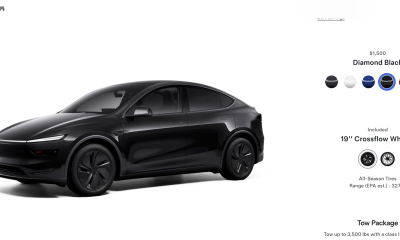
 News2 days ago
News2 days agoTesla rolls out new, more affordable trim of the Model Y Juniper in U.S.
-
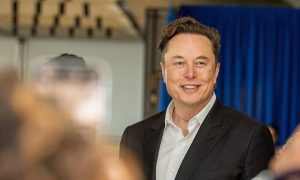
 Elon Musk2 weeks ago
Elon Musk2 weeks agoTesla CEO Elon Musk’s simple message to vandals
-
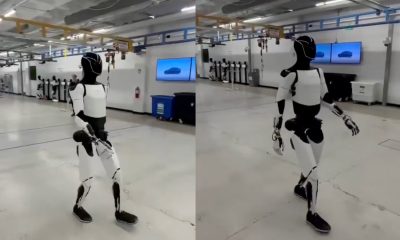
 News4 days ago
News4 days agoTesla shares Optimus’ improved walk in new update video
-
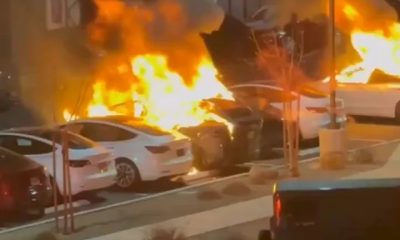
 Elon Musk1 week ago
Elon Musk1 week agoTesla vandal who lit Las Vegas repair center on fire arrested
-

 Elon Musk1 week ago
Elon Musk1 week agoElon Musk clarifies Trump tariff effect on Tesla: “The cost impact is not trivial”
-
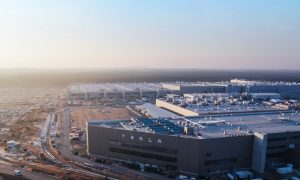
 News2 weeks ago
News2 weeks agoTesla’s Giga Berlin director responds to anti-Musk criticism
-

 News1 week ago
News1 week agoTesla US Gigafactories shields from Trump’s 25% Tariffs
-
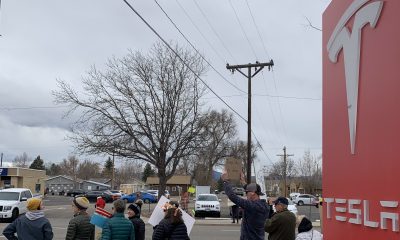
 Elon Musk1 week ago
Elon Musk1 week agoTesla vehicles hit by ATV, suspect caught by Sentry Mode
